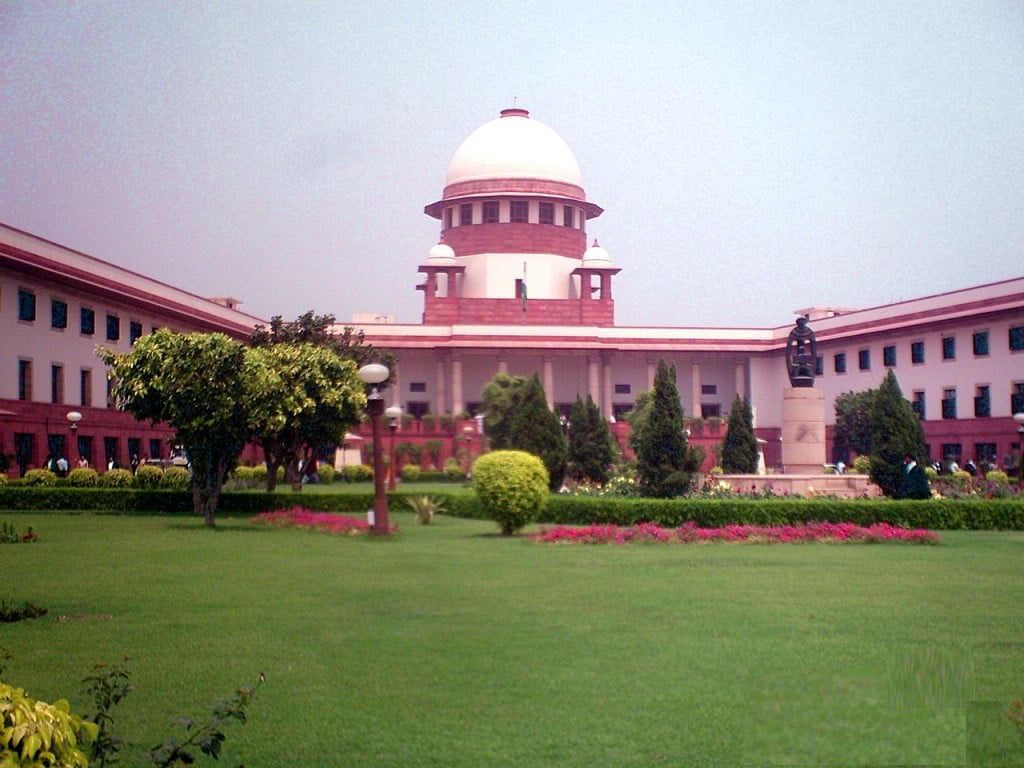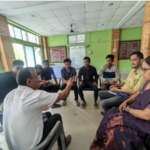TALMIZUR RAHMAN
With a view to protecting women from dowry related crimes, Section 498A was inserted into the Indian Penal Code through an amendment in 1983. The purpose was to uphold the dignity of women, punish the guilty while safeguarding the institution of marriage. Unfortunately, Section 498A has seemingly gone perilously out of balance with its gross misuse, compelling the Supreme Court to refer to the glaring abuse of Section 498A countless number of times.
As Section 498A is cognizable, the police swing into action immediately by registering a case and arresting the persons (generally the husband, in-laws and other relatives of the husband) named in the complaint by the allegedly victimised wife or her relatives. As is the wont of the police in India, investigations generally land up in the back burner. This process is followed by the police almost as a rule despite strictures by the higher judiciary that investigations should begin forthwith and that arrest should be availed as a last resort in such cases.
There is no dearth of instances of the police resorting to quick arrest of even aging and ailing in-laws, sisters, pregnant sisters-in-law and even minors of the husband’s family on the basis of a complaint filed by a married woman and registered under Section 498A IPC. The result being that the arrested persons have to face undue harassment, more particularly if the case is a false and fabricated one. Unable to bear such ignominy, some parents of accused husbands have reportedly committed suicide after being in jail for sometime.
Researchers point to the fact that around 30,000 dowry cases are registered every year in India and that the vast majority of these cases are banked on false and fabricated premises. The findings have been corroborated by the rulings of several High Courts as well as the Supreme Court. Karnataka High Court made the observation that in 45 percent of dowry cases the prosecution was thoroughly unjustified. Making a similar observation, Delhi High Court had stated that the number of false cases with Section 498A IPC tag was on the rise. In Sushil Kumar Sarma Vs Union of India, the Supreme Court expressed the fear that 498A was paving the way for ‘Legal Terrorism’. Referring to misuse of 498A, the apex court observed: “The object of the provision is prevention of dowry menace.
But … many instances have come to light where the complaints are not bona fide … the provision does not give a licence to unscrupulous persons to wreck personal vendetta or unleash harassment. It may therefore become necessary for the legislature to find out ways to how the makers of frivolous complaints or allegations can be appropriately dealt with … the object is to strike at the roots of dowry menace. But by misuse of the provision a new legal terrorism can be unleashed. The provision is intended to be used as a shield and not as an assassin’s weapon.”
Researchers and online portals reveal that the number of 498A cases registered in the country has multiplied by leaps and bounds. In the last five years over five lakh people charged under 498A were arrested of whom around 80 percent were declared to be completely innocent – the rate of arrest being one innocent person every five minutes.
While no compromise can be made with the safety, security and dignity of married women, institution of marriage cannot be allowed to crumble under the pressure of some unscrupulous wives settling scores with their husbands and in-laws by resorting to 498A.The ambit of 498A is such that any husband and his family members can be trapped on the wrong foot under the IPC provision even if marriage strain results from adultery indulged in by the wife. Misuse of the penal section by an unscrupulous wife can always reduce the husband and his family members into sitting ducks. Instances abound where husbands and their family members languish for long behind bars before being enlarged on bail, while cases would linger in the courts for years together.
It may be highly relevant to refer to the observation made by the Andhra Pradesh High Court in Saritha Vs R Ramachandran in 2003. The court observed: “The court would like to go on record that for nothing the educated women are approaching the court for divorce and resorting to proceedings against in-laws under Section 498A, IPC implicating not only the husbands but also their family members whether in India or abroad. This is nothing but misuse of the beneficial provision intended to save women from unscrupulous husbands. It has taken a reverse trend now.”
In greater part of the world, domestic issues are settled through civil laws. Unfortunately in India, penal provisions as draconian as Section 498A, IPC settle domestic issues. Presently, the fangs of 498A has bedeviled a large number of middle class and upper middle class families as well as NRIs while paving the way for legal extortion by some complainants.
With a good number of NRI husbands having fallen prey to extortion embezzlement and immigration fraud perpetrated by their wives’ families, Pacific News Service has reported the issuance of a warning by the US State Department to its citizens, particularly of Indian origin. It reads: “A number of US citizen men who have come to India to marry Indian nationals have been arrested and charged with crimes related to dowry extortion. The courts sometimes order the US citizen to pay large sums of money to his spouse in exchange for dismissal of the charges. The court normally confiscates the American’s passport, and he remains in India until the case has been settled”.
In his universally acclaimed International Family Law, Jeremy D. Morley, Co-Chair of International Family Law Committee and member of International Academy of Matrimonial Lawyers referred to the IPC provision as “India’s Notorious Section 498A , while branding it as “Divorce Law as Criminal Law”.
Way back in 2002 the Malimath Committee on Reforms of Criminal Justice System proposed that Section 498A be made bailable and compoundable (settle through compromise between the parties). Any such amendment was opposed by women’s groups and the Government decided to maintain a stony silence.
Again, it is two years now that the Law Commission headed by Justice PV Reddy as Chairman in its report on 498A has recommended to the Centre that Section 498A be made compoundable with permission of the court. The recommendation comes in the backdrop of Supreme Court suggesting it might be time to re-examine the law in the context of its misuse by women.
In view of the misuse of Section 498A, IPC, the notion that only a husband and his relatives can commit dowry related crimes must be given up. The need of the hour is gender-neutral provisions against dowry. Further, the lack of any penalty for false complainant or misuse of 498A is only adding salt to wound.
It is high time that abiding by the Supreme’ Court’s observation in Sushil Kumar Sarma Vs Union of India, the legislature accorded high priority to this issue by bringing in suitable amendment to prevent abuse of 498A before the institution of marriage goes berserk. Whereas the general view is that 498A should be diluted and made bailable and compoundable, with a view to blocking the floodgates of corruption, the power of the police in such matters definitely needs to be curtailed and streamlined for proper investigation. On the other hand the authority of the court may be greatly enhanced even to the point of approving or disapproving the implication of 498A prima facie (‘at first look’) on the merit of the case. Curtailment of police power in the matter of implicating one under 498A and leaving it to the court to decide on the application of the said section may erase some of the draconian elements from the IPC provision.
The writer is a former lawyer and law college lecturer







